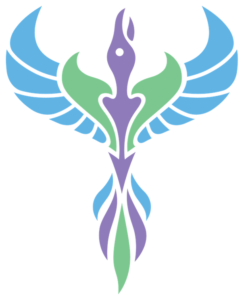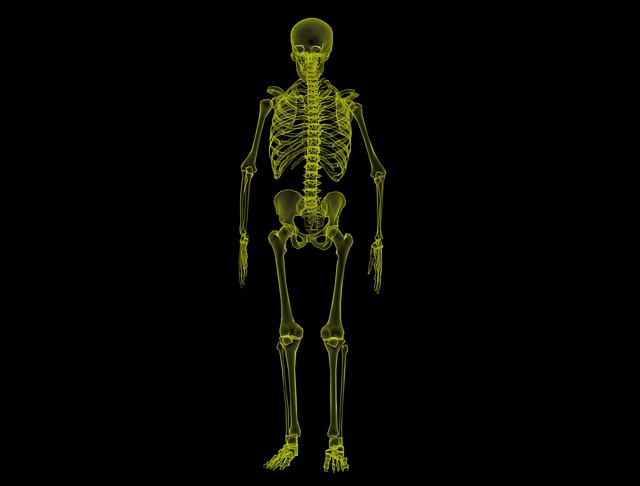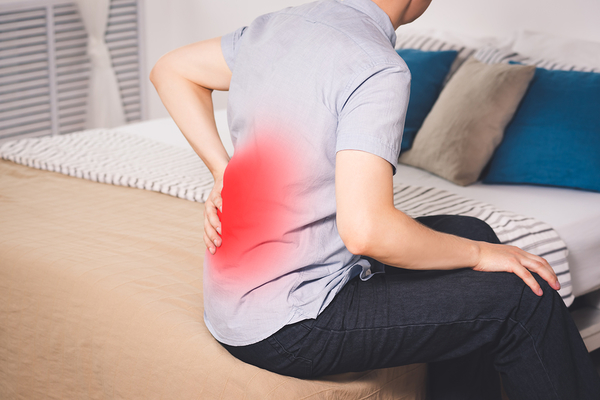Archive for April 2021
Why does Decompression Feel so Good?
Your spine is always under pressure
Our spines are constantly under pressure: from the force of gravity to the added compression we do to ourselves with things like poor posture, there is rarely a second when your spine gets a break. Unless you plan to live in space (which comes with its own set of problems), or become fully aquatic, there is little we can do to escape the pressures of gravity.
Instead of fleeing the problem, let’s face it head-on!
Symptoms of compression injuries range from mild to severe. The most common compression related conditions that we treat include:
- Back pain
- Nerve pressure
- Herniated disc
- Degenerative disc disease
- Rehabilitation of fractured vertebrae
- Sciatica
- Government Pressure (jk)
The fact that pressure is constantly accumulating indicates why decompression therapy is so effective; and why it feels so good. At our office, we have a range of modalities for treating compression injuries.
- Spinal adjustment relieves pain by restoring mobility to spinal motion segments and relieving pressure from the nearby nerves.
- Mechanical traction utilizes a specialized table to stretch the spine while we provide gentle, targeted adjustment to the spinal joints. This has the effect of opening up the space between the vertebrae, allowing for rehydration of the intravertebral discs and creating a negative pressure space in which bulging disc material can retract.
- Manual traction applies a distraction force to the spine in order to alleviate pain and compression
Relieving pressure has never felt so good
The goal of decompression therapy is to help you experience less pain, allowing you to move more and thus strengthen the muscles that matter for supporting the spine. If you are interested in using decompression therapy for your back pain, give our office a call to schedule an appointment today.
Focus on Fascia: Decoding the Mystery of this Protective Layer of Tissue
Healthy fascia, healthy human
Get to know your fascia, the layer of tissue that covers our muscles and extends from head to toe. But what is the purpose of this mysterious thin layer that literally covers the entirety of your body without interruption? Primarily made of collagen, the fascia’s main purpose is to attach and stabilize the muscles of your body while encasing and separating vital organs. Because it is thin and tensile, it is quite vulnerable to injury which causes it to tighten and contract and this can be truly painful.
Myofascial pain is not your friend
When the fascia is injured, a primary layer of defense is temporarily stymied: this can pressurize nerves, muscles and organs. And because of its interconnectivity, the pain doesn’t necessarily stop at the point of injury. The acute point where injury occurs may be where most pain is experienced, but myofascial pain is referred pain: it can pop up seemingly wherever.
Treating myofascial pain
Myofascial pain is undetectable using medical scanning techniques such as x-ray and MRI. Instead, it is most often determined by detecting trigger points in the muscle. We use manual modalities including:
- Myofascial release
- Active release
- Trigger point therapy
- Electrical stimulation
- Ultrasound
- Heat and ice
These treatments relax your muscles and improve circulation that improves the quantities of oxygen and nutrients that reach the injury. If you are suffering from fascial pain, or suspect that you might be, give our office a call to schedule an appointment today.
Lumbar Pressure as Determined by Posture
Your spine is always under pressure
Whether you like it or not, the most common positions we adopt during a given day are putting a disproportionate amount of pressure on our spines, and our lumbar vertebrae is where this pressure accumulates! Here are some statistics as measured by the pressure sustained by a lumbar intervertebral disc:
- Low pressure: lying on your back: ~25kg of pressure
- Medium pressure: standing upright: ~100kg of pressure
- High pressure: sitting: ~125kg of pressure
Sitting and standing are made worse by leaning forward and bearing weight, while forward head posture magnifies the pressure of the head on the spinal column by up to 10X for every inch it is held forward. So if there is one thing we can start doing for our spines right away, it is being aware!
Relieving lumbar pressure with decompression therapy
There are many ways we can work to prevent the damage that will result from pressure accumulation. Strengthening the core stabilizing muscles and improving our posture are tied for the most important thing we can do to help our lumbar vertebrae- stronger muscles support the burden while better posture reduces the pressure. If your spine is suffering from the effects of too much pressure, i.e. herniated disc, degenerative disc disease, sciatica, nonspecific back pain and nerve compression, decompression therapy can help.
Decompression therapy uses manual and instrument-assisted modalities to stretch the spine and provide healing therapy by doing the following things:
- Opening space between the vertebrae
- Providing for rehydration of intervertebral discs
- Allowing for retraction of bulging disc material
- Elongate the spine and provide for spinal realignment
Decompression therapy feels great and provides pain relief and lasting correction of spinal misalignment. If you are interested in using decompression therapy to reverse the accumulative effects of pressure on your spine, give our office a call to schedule an appointment today.
Lower Back Pain
LBP is among the most prolific and life-changing conditions of our time
It can be broken down into two basic constituent categories:
- Mechanical pain refers to pain related to the dysfunction of the moving parts of the spine, i.e. facet joints, intervertebral discs, ligaments, and muscles.
- Compressive pain refers to pain that is caused when nerves exiting the spinal cord are put under pressure.
Chiropractic is a conservative method of treatment that shows great efficacy in improving the symptoms of both conditions.
Mechanical and Compressive
- For mechanical pain, chiropractic adjustment seeks to address symptoms through mobilization of the spinal joints. Through low-intensity, high-frequency adjustments to the affected region, we restore proper alignment and effect great improvement on the symptoms of mechanical LBP.
- For compressive LBP, we use decompression modalities to provide spinal elongation. Stretching the spine and providing manual adjustments to the affected region.
Chiropractic is a conservative form of treatment that seeks to correct the root of the problem with natural methods. We recommend that most cases of non-specific back pain be treated by conservative methods before considering other more invasive methods such as spinal surgery.
Relief
If you are looking to address spinal pain, whether it be mechanical or compressive in nature or any other type of pain, give our office a call to schedule an appointment today. We are pain specialists who will determine the cause of your spinal dysfunction before setting a course for treatment.
Dr. Karen Thomas and her multilingual staff are always friendly and welcome new patients of all ages.
For directions to our office click here.
At Community Chiropractic & Acupuncture located in Park Slope, Brooklyn 11215, we apply both Eastern and Western medical theory to establish a diagnosis and treatment plan designed specifically for each patient. Our goal is to help our patients enjoy an optimal quality of life with improved physical health, mental well-being and a sense of spiritual tranquility.




